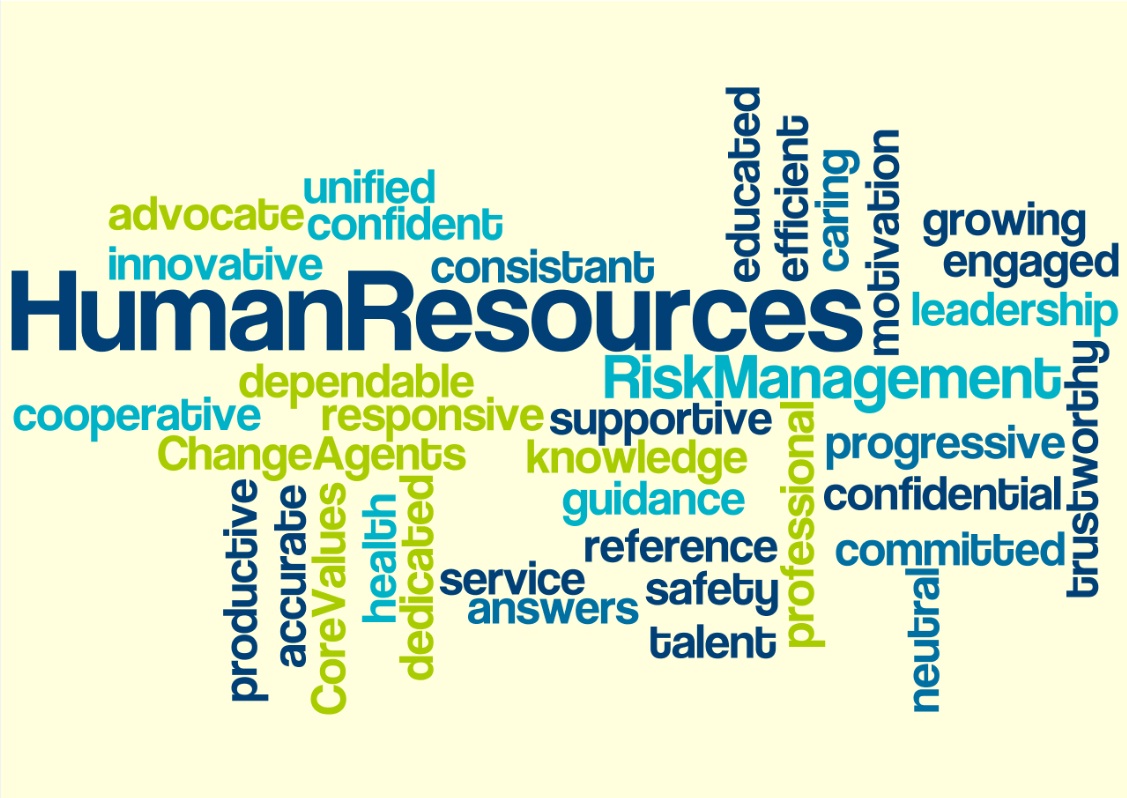The history of the evolution and growth of human resource management in India is not very old. The various stages in the growth of human resource management are given below:
Important Stages
1. The Report of the Royal Commission on Labour in India:
Human resource management in India dates back to the Report of the Royal Commission on labour in India (1929-31) which recommended the appointment of labour officers to deal with recruitment in order to check corrupt practices in industries in India, particularly in areas of selection of workers. The Royal Commission observed that:
(i) The jobber should be excluded from the engagement and dismissal of labour and that, instead, a labour officer is appointed for the purpose.
ADVERTISEMENTS:
(ii) The qualities required of a labour officer should be integrity, personality, energy and the gift of understanding individuals and he should have a linguistic facility.
If he is of the right type, the workers will rapidly team to place confidence in him and regard him as a friend.
(iii) All labour should be engaged by him, and none should be dismissed without consulting him and
ADVERTISEMENTS:
(iv) The labour officer should fulfil many duties and should particularly initiate and administer welfare measures.
2. Appointment of Labour Officers:
Labour officers were entrusted with the responsibility of promoting welfare activities. They functioned as industrial relations officers to handle grievances. The Bombay Mill Owners Association in Bengal appointed Iabour officers to settle grievances and disputes.
3. The Second World War:
During the Second World War, the need for enlisting labour support for the war effort was considered imperative.
These officers were generally entrusted with the handling of welfare and labour administration. They were to deal with working conditions, canteens, ration shops, recreation facilities, medical facilities, workers’ housing etc.
ADVERTISEMENTS:
The Second World War resulted in welfare officers being appointed by government as well as industry. The function of the welfare officers included welfare activities, personnel activities and industrial relations.
4. Enactment of Industrial Disputes Act:
The enactment of the Industrial Disputes Act 1947 made adjudication compulsory. This made the welfare officer handle disputes and adjudicate relating to conditions of service, wages, benefits etc.
The welfare officer thus became industrial relations officers. As a result employers employed welfare officers with a legal background.
5. Enactment of Factories Act:
Section 49 of the Factories Act 1948 made it obligatory for factories employing 500 or more workers to appoint welfare officers.
A welfare officer had a list of duties laid down for him. Thus, they had to perform activities concerned with welfare, personnel administration and industrial relations.
6. 1960 And After:
Till 1960, recruitment was untouched by law but the rapid growth of industry and the consequent demand for skilled and semi-skilled workers led to the government enacting the Employment Exchange Act, 1959, to regulate recruitment of workers and the Apprentice Act, 1961, to regulate the training of workers to some extent.
7. In India:
Thus, human resource management in India began with industrial discipline and getting rid of troublemakers. At a later stage, personnel officers were appointed as “labour welfare officers” to satisfy statutory requirements.
Later, the role of a personnel officer was converted into that of an “industrial relations officer”. Today, his role is that of a “human resource manager”.
He works in the three areas-labour welfare, industrial relations and personnel administration.

